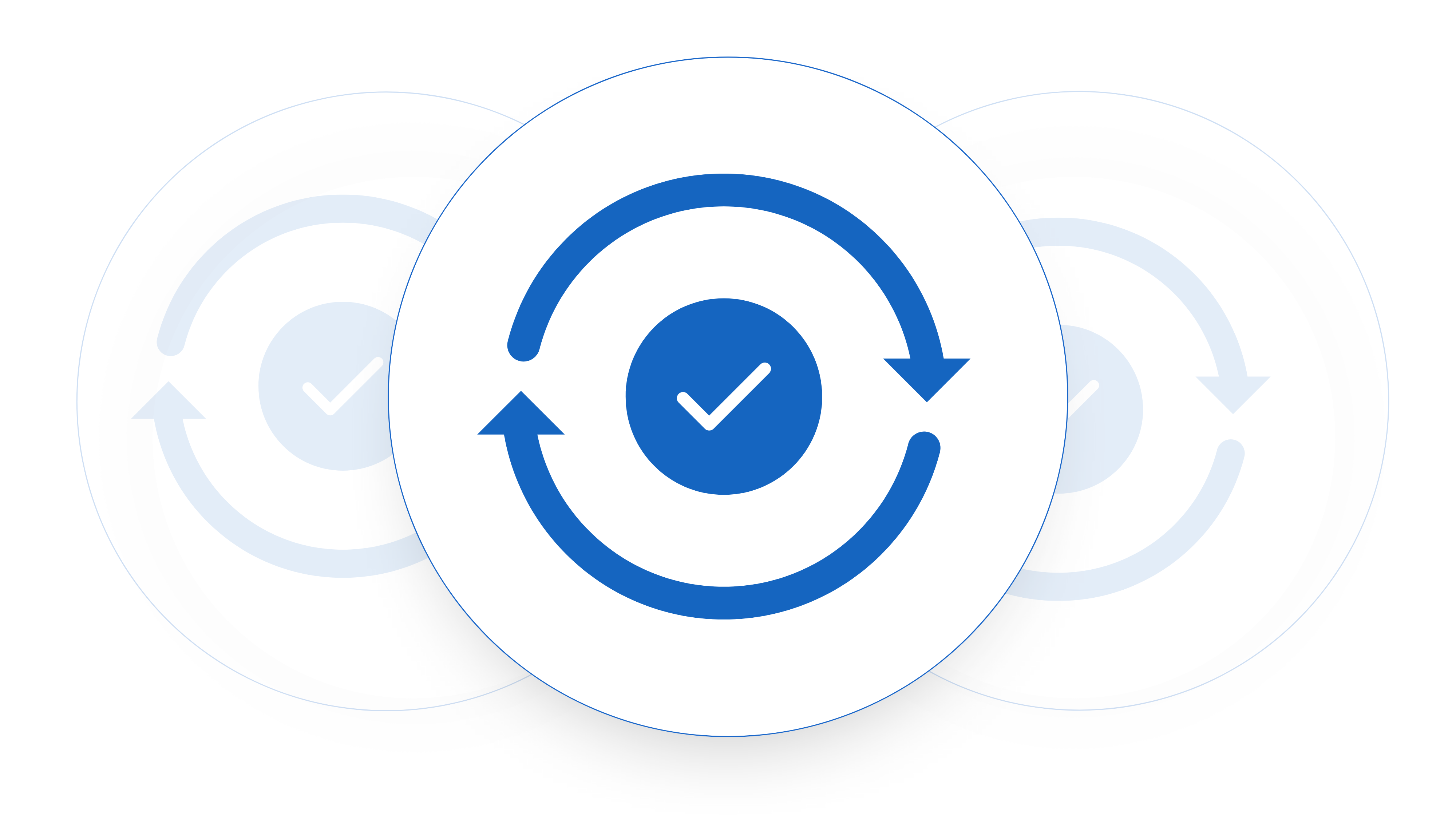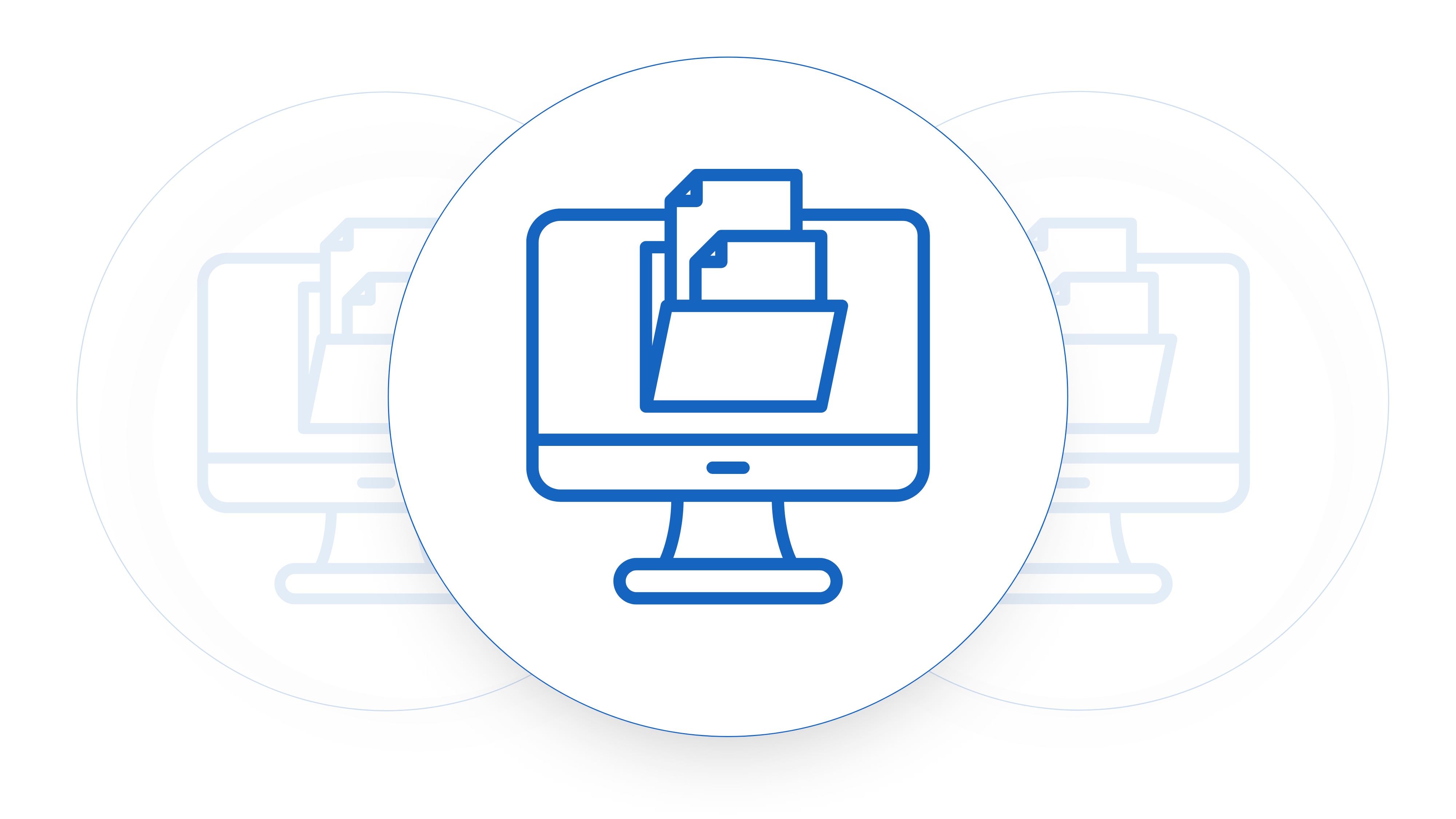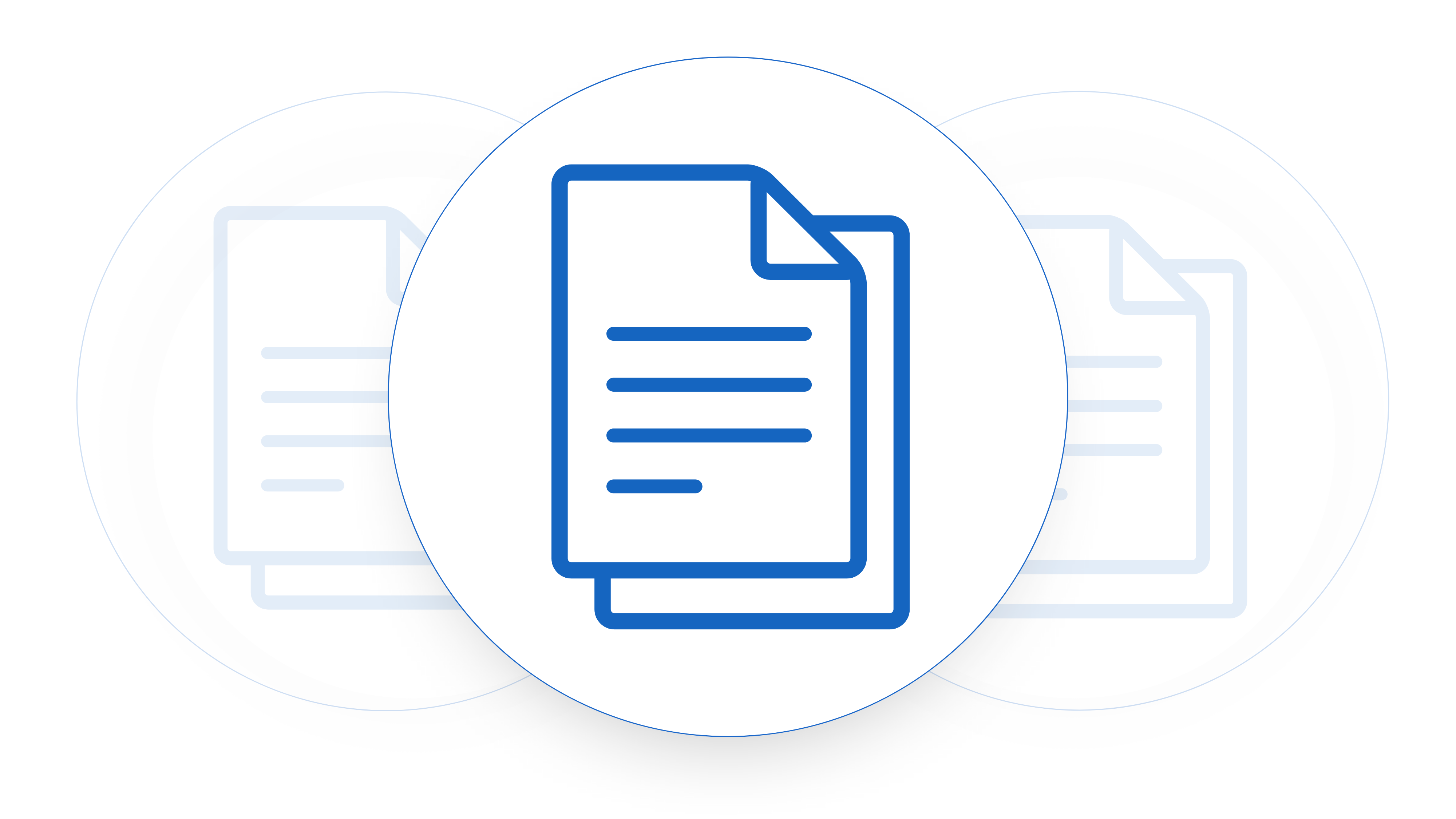Brief Context
In the ecosystem of Software as a Service (SaaS) contracts. One specific provision stands out as the most important in regards to risk management – the Limitation of Liability clause. While it is crucial to understand its role in a SaaS agreement. It is equally important to recognize its limitations and the difficulties it causes when negotiating.
A Limitation of Liability clause is a contract provision that restricts the amount a party. Can claim in the event of a breach, error, or overstep during the execution of the contract. In the context of SaaS contracts, these provisions can shield the provider from excessive damage claims, capping the possible financial implications and providing some predictability and safety for both parties.
SaaS contracts typically limit liability with a financial cap. Often set at the total contract value or a year’s subscription fees (commonly quoted as an industry standard). This cap safeguards the SaaS vendor from unanticipated. Large damage claims that might far exceed the contract’s value or the companies ability to pay. Additionally, these clauses often exclude or restrict liability for ‘indirect’, ‘incidental’, ‘special’, ‘exemplary’, or ‘consequential’ damages, which can further protect the provider.
However, as we look closely at the limitations of liability clauses, it’s clear that these aren’t an absolute defense shield. Here are some key considerations:
1. Validity and Enforceability:
The enforceability of these clauses varies by contract jurisdiction. Some courts may not uphold these limitations, particularly if they find them ‘unconscionable’ or ‘unfair’. Therefore, companies must be specific to tailor their liability clauses to each jurisdiction in which they do business, keeping in mind local laws and judicial norms.
2. Inapplicability to Willful Misconduct:
Generally, a liability clause cannot shield a party against allegations of intentional or willful misconduct. Courts often hold the view that those who commit intentional harm should deal with full responsibility for their actions. SaaS vendors face a significant risk if found to have acted recklessly or fraudulently, as this exception to liability limitations poses a challenge.
3. Customer Perception and Trust:
While this clause serves as a risk management tool for providers, it could negatively affect customer perception. Customers may interpret this as the vendor’s lack of confidence in their own service reliability. Striking a balance between limiting risk exposure and maintaining customer trust is a delicate task that SaaS vendors need to manage effectively.
4. Exclusion of Certain Damages:
While liability often excludes indirect and consequential damages, it usually does not exclude direct damages, such as loss of data. In SaaS contracts, where data is key, these can be quite substantial. Therefore, even with a robust LoL clause, significant liability risks may persist.
While Limitation of Liability clauses play an essential role in mitigating risk in SaaS contracts, they are far from an absolute safeguard. Legal complexities, customer perception, potential for intentional misconduct, and certain types of damages can all circumnavigate these limitations. As such, SaaS providers should adopt a comprehensive approach to risk management, which includes but is not limited to, crafting thoughtful and effective Limitations of Liability clauses.
Examples of Limitation of Liability Clauses for SaaS Contracts
Below are three examples of clauses that reflect what SaaS companies have in their contracts. They represent three specific examples, no liability, liability capped at twelve months of contract value (industry standard for SaaS contracts) and unlimited liability – a level you want to avoid.
No Liability Clause:
- “TO THE MAXIMUM EXTENT PERMITTED BY APPLICABLE LAW, IN NO EVENT SHALL [VENDOR NAME], ITS AFFILIATES, DIRECTORS, EMPLOYEES OR ITS LICENSORS BE LIABLE FOR ANY DIRECT, INDIRECT, PUNITIVE, INCIDENTAL, SPECIAL, CONSEQUENTIAL OR EXEMPLARY DAMAGES, INCLUDING WITHOUT LIMITATION DAMAGES FOR LOSS OF PROFITS, GOODWILL, USE, DATA, OR OTHER INTANGIBLE LOSSES, THAT RESULT FROM THE USE OF, OR INABILITY TO USE, THE SERVICE.”
Liability Capped at Twelve Months of Contract Value:
- “IN NO EVENT WILL THE COLLECTIVE LIABILITY OF [VENDOR NAME], AND ITS SUBSIDIARIES AND AFFILIATES, AND THEIR LICENSORS, SERVICE PROVIDERS, EMPLOYEES, AGENTS, OFFICERS, AND DIRECTORS, TO ANY PARTY (REGARDLESS OF THE FORM OF ACTION, WHETHER IN CONTRACT, TORT, OR OTHERWISE) EXCEED THE AMOUNT CUSTOMER HAS PAID TO THE VENDOR FOR THE APPLICABLE SERVICE IN THE LAST TWELVE MONTHS OUT OF WHICH LIABILITY AROSE.”
Unlimited Liability Cap:
- “NOTWITHSTANDING ANYTHING TO THE CONTRARY IN THIS AGREEMENT, IN NO EVENT WILL [VENDOR NAME] BE LIMITED IN LIABILITY FOR ANY DAMAGES INCURRED BY THE CUSTOMER OR ANY THIRD PARTY, ARISING FROM OR RELATED TO ACCESS, USE, OR INABILITY TO USE THE SERVICE, UNDER ANY THEORY OF LIABILITY, WHETHER IN CONTRACT, TORT OR OTHERWISE.”
Redline What Matters
Raise Changes For Approval To Turnaround Contracts Faster
What is the SaaS Industry Standard for Liability Caps?
In the SaaS industry, the standards for Limitation of Liability can vary significantly, depending on factors such as the nature of the service provided, the jurisdiction(s) involved, the financial value of the contract, and the relative bargaining power of the parties involved. However, there are a few industry-standard practices:
1. Monetary Cap:
- It is common for SaaS contracts to limit the liability of the provider to the amount paid by the customer under the contract. This usually defines as the total fees paid in the 12 months preceding the claim. Such a cap provides a degree of predictability and helps SaaS providers manage their risk.
2. Exclusions of Certain Types of Damages:
- SaaS contracts often exclude liability for certain types of damages, most commonly “indirect,” “consequential,” “incidental,” “special,” or “exemplary” damages. These terms typically align with legal definitions within the relevant jurisdiction. However, some jurisdictions do not allow such exclusions, so it’s important to ensure the contract complies with local laws.
3. Exceptions for Gross Negligence and Willful Misconduct:
- It’s a generally accepted principle that limitations of liability should not apply in cases of gross negligence, willful misconduct, or fraud on the part of the provider. Again, the definitions of these terms can vary by jurisdiction, so careful legal drafting is essential.
4. Carve-outs for Certain Obligations:
- In some cases, the liability clause might exempt certain obligations, like indemnification obligations or breaches of confidentiality, subjecting these obligations to separate liability caps.
Please note that while these practices are common, they are not universally applied, and the specifics of a given contract can vary widely. Consulting with an attorney that has experience with SaaS contracts and the relevant jurisdiction is strongly recommended when drafting or negotiating these contracts.











